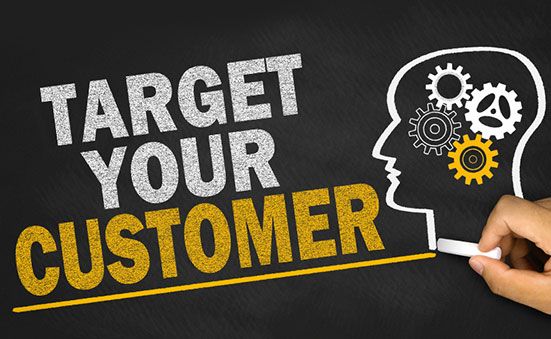When a person enters a store they usually have a budget in mind. For a business owner the amount the customer is willing to spend is very important to his or her sales pitch.
At CJ Feed & Supply, Charlene Rein knows how to profile a prospective customer.
She developed a question years ago that lets her analyze just how much people are willing to spend on their animals.
“When they walk in the door I introduce myself then ask, ‘Do you like your animal, love your animal or is it a yard ornament,’” she says. “This question applies if they own horses, cattle or a cat.”
Rein says the answer to this question tells her how committed customers are to their animals and what price point she should pitch. She says if they love their animal people are going to buy the best product for it and are committed to keeping that animal around for a long time. If they like their animal then she offers a middle-of-the road product. Answering “like” tells Rein the owner wants his or her animal well fed, but is also price conscious. And if the customer replies, “Yep, I own,” one this means they consider it a yard ornament. Rein believes the customer likes taking care of its animal but won’t go for the all the bells and whistles. She’ll show this potential customer the lower end of products.
CJ Feed & Supply is located in Paola, Kansas. Rein owns and manages the store, as well as her own herd of horses and cattle. As a dealer for BioZyme® she orders products she has used and can attest to, along with Sure Champ® products, which she sells in her store.
First impressions are everything, Rein says. When she asks the customer her intro question she is working to be more efficient. Understanding right away what they have and what they are willing to pay for means meeting their needs more quickly.
In the case of a customer who has a small budget, Rein says she tries to help them understand that they get what they pay for. If they are price conscious and want cheap feed, she is also prepared when they come back to the store six months later stating their animal looks rough.
“I tell them if you want your animal to look better here’s what you need to do,” she says. “I want people to understand they need to look at the label and see this is the nutrition in bag A versus in bag B. If it’s something they are keeping around for a couple of weeks and are just maintaining it, that’s fine. But if you’re going to show your animal, feed it show feed. And still for the child’s sake, please do the best for the animal and at least feed a show supplement like Sure Champ.”
Besides asking the profile question Rein says also keeps track of every customer. Each person is input into a computer system so her employees know their name, animals and previous purchases. She teaches her sales people to learn this information so when the customer walks in they automatically know what they purchased on their last visit. Then she prompts her employees to ask, “Do you want the same?”
Keeping track of customer information is another form of efficiency because if they want the same amount of feed, supplement or vaccine the order can be put together for them quickly.
“We try to know people’s names, their animals and what they do,” she says. “We build relationships with them.”
Rein, her two full-time and five part-time employees all work to make CJ Feed & Supply stand out. They send Christmas cards and thank you notes. They also host a large open house for nearly 400 attendees and serve chili or roast a hog, all in an effort to show appreciation for their customer base. Rein wants to
be able to recognize a customer by the car or truck they just drove into the parking lot so by the time they hit the doors she can be ready to offer a greeting and meet their needs.
Still, Rein says the feed store is a business, not a bank. She has to be willing to call in accounts receivable and make sure the books are in order. Rein buys many products in volume so she can keep prices low. She also encourages her employees to look at price sheets each time they come out so they know when prices increase and are not surprised at the register.
Profiling customers is a natural fit for Rein, and it helps her understand the commitment and the investment a customer is willing to give to their animal and to her store. Asking the right question at the start keeps her efficient, and she knows when to push forward as well as hold back with her customers.
“You have to know how to manage and when to draw the line,” Rein says. “From time to time, I get into a rut but I take a step back and reevaluate. I believe it’s best to take care of those who will take care of you.”


